Dormer loft conversions with new RSJs
We design steel beams to support new dormer walls, roofs and floor joists, checking loads on existing walls and foundations.
- RSJs for dormer cheeks and new openings
- Ridge beams where existing roof ties are removed
- Floor beams and joist layouts for new rooms

